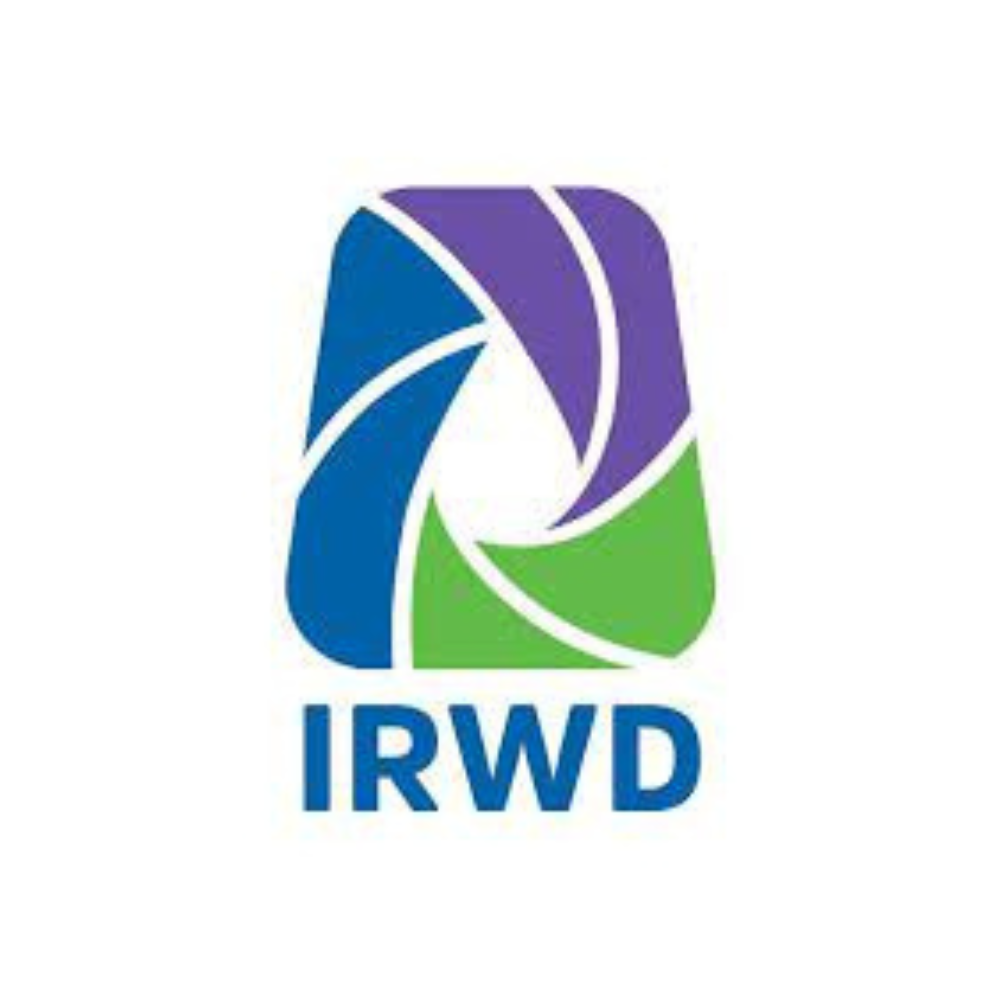
Antifouling Nanobubbles for Water Purification and Desalination
Nanobubbles typically have a diameter in the range of 20 to 1100 nm and can persist for weeks in aqueous environments. A first principles theory that shows that a process that makes stable nanobubbles seem improbable, microbubble shrinkage, is responsible for not only their stability but also their remarkable longevity. This theory is based on the strong affinity hydroxyl ions have for gas-water interfaces and the repulsive forces they can produce against the surface tension on the surface of a shrinking nanobubble. Specifically, the ionic repulsion forces constitute a bubble expanding pressure can balance the shrinking pressure resulting from surface tension. We have also shown that nanobubbles can bind to embryonic nanoparticles below their solubility limit making them stable so that they do not dissolve back into solution [3, 4]. Observed dissolution of salts in fouling deposits, such as calcium carbonate, has been attributed to this nanobubble/nanoparticle cluster formation phenomenon. Experimental evidence for this mechanism will also be presented. Nanoparticle tracking analysis (NTA) measurements of object size and relative scattering intensity for water containing solid compounds such as CaCO3. NTA results also indicate the formation of nanobubble/nanoparticle clusters. The formation of these clusters reduces the effective concentration of fouling compounds that foul water treatment components such as RO membranes. Consequently, these membranes can perform efficiently much longer without maintenance or replacement. This effect is currently being demonstrated in a pilot project in the City of Rialto. The implications of these phenomena for protecting structural materials as well as eliminating deleterious fouling materials will be discussed.
- Date: 10/22/24
- Time: 3:00pm
- Address: Virtual webinar held on Zoom, click on RSVP to register
EVENT SPEAKER:

James Earthman
Professor of Materials Science and Engineering and Biomedical Engineering at UCI
James Earthman is a Professor of Materials Science and Engineering and Biomedical Engineering at the University of California, Irvine. He received his B.S. degree in Materials Science from Rice University and his M.S. and Ph.D. degrees in Materials Science and Engineering from Stanford University. Prof. Earthman’s research activities include studies of a broad range of deformation and damage mechanisms in both man-made and biological materials, the development of systems for novel quantitative diagnostics of material characteristics and integrity, and the dissolution of deleterious materials using nanobubbles. He has authored and co-authored over 120 peer-reviewed research publications including two chapters on biomaterials and tissue engineering and two chapters in materials handbooks published by ASM International. He is an inventor on 16 issued US patents, several international patents, and several pending US patents. He is also co-founder of Perimetrics, Inc., a diagnostic device company headquartered in Seattle, WA. He has also served as editor for three books in the fields of Materials Science and Biomedical Engineering. He was elected Fellow of ASM International in 2023.
2024 SERIES PARTNER SPONSORS:





